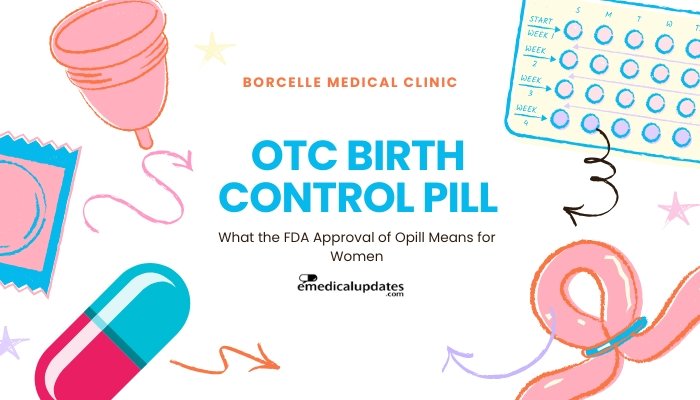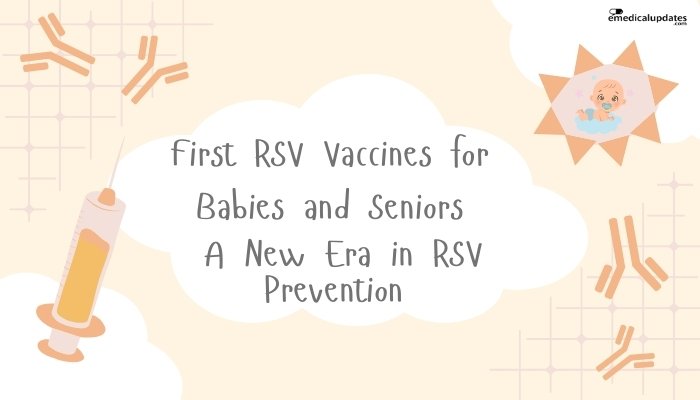Introduction
For premature babies, every extra day in the womb can be critical to lung and organ development. Yet despite neonatal intensive care advancements, extremely preterm infants still face high risks of mortality or lifelong complications.
Artificial womb experiments—where fetal animals develop in a fluid-filled “biobag” environment—show promise as a step toward supporting extremely preterm infants outside of a traditional uterus. In recent years, scientists successfully sustained fetal lambs in these prototypes, moving the concept closer to eventual human application.
This article explains how artificial wombs work, the milestone lamb experiments, and the ethical and regulatory challenges before possible clinical use.
The Concept of an Artificial Womb
Why an Artificial Womb?
- Premature Birth Risks: Infants born before ~28 weeks can suffer critical lung and organ immaturity, leading to severe complications or death.
- Limitations of Incubators: Current neonatal intensive care units (NICUs) rely on incubators and ventilators, but these can pose stress on fragile organs.
- Gentle Transition: A fluid-filled environment might mimic the womb’s amniotic fluid, giving preterm fetuses more time for organ growth in conditions closer to normal fetal development.
Basic Principle
Artificial wombs attempt to replicate:
- Amniotic Fluid Environment: A bag or chamber filled with a fluid that fosters lung development and cushions the fetus.
- Nutrient & Gas Exchange: A pump or exchange device delivers oxygen and nutrients via the umbilical cord or an equivalent interface, removing carbon dioxide and wastes.
Landmark Lamb Experiments
The “Biobag” System
Researchers at the Children’s Hospital of Philadelphia (CHOP) developed a “biobag” to support extremely premature lamb fetuses:
- Plastic Container: Replaces the uterus, holding a specially formulated fluid akin to amniotic fluid.
- Oxygenation Circuit: The lamb fetus’s umbilical cord is connected to a low-resistance pump that delivers oxygenated blood and removes deoxygenated blood.
- Sterile, Temperature-Controlled Setup: Minimizes infection risk and replicates stable womb temperature.
Key Achievements
In trials, lamb fetuses placed in biobags for around 4 weeks continued normal organ development, particularly in their lungs. Observations included:
- Significant Growth: Some gained weight similarly to normal in-utero lambs, with minimal stress or organ damage.
- Physiological Stability: Lambs showed normal fetal heart rates, blood pressure, and good oxygenation levels.
Limitations and Next Steps
Although the lamb results were encouraging, it remains an experimental prototype. True success in humans requires further refinements in fluid composition, umbilical interface design, and ensuring safety under real-world conditions.
Potential Human Applications
Extreme Preterm Infants
If adapted to humans, the system would likely address extremely preterm neonates—those born between 22–26 weeks:
- Lower Morbidity/Mortality: Extended fetal-like environment might drastically reduce conditions like bronchopulmonary dysplasia or severe neurological injuries.
- Bridging Tool: Could serve as a temporary bridge for babies too fragile for conventional NICU ventilation.
Fetal Surgery Recovery
Some propose that complicated fetal surgeries might benefit if a fetus can return to a controlled artificial womb environment, though this remains speculative and futuristic.
Ethical and Regulatory Considerations
- Defining Viability: The concept of an artificial womb may shift debates about viability thresholds and has implications for neonatal care guidelines.
- Consent and Risk: Parents and clinicians must weigh uncertain outcomes in a still-experimental context, balancing potential life-saving benefits against uncharted long-term effects.
- Legal Status of the Fetus: Questions arise about how laws handle an infant not in the mother’s body yet not traditionally “born.” Policy and healthcare frameworks may need updates.
Challenges and Unknowns
Complex Physiology
Simulating the full maternal environment—hormones, immune factors, and subtle signals—remains a huge challenge. Perfectly matching the womb’s fluid composition and microenvironment is key to healthy growth.
Risk of Infection
The system’s fluid and the insertion ports or lines must remain sterile for weeks or months, which is crucial yet difficult to maintain. Even a minor contamination could lead to severe infection.
Long-Term Development
No one yet knows how a child who spent weeks in an artificial womb environment might fare years later, physically or cognitively. Animal models can’t capture every nuance of human development.
Future Outlook
Extended Trials in Large Animals
Scientists continue refining artificial womb prototypes with lambs or other large mammals. They test different fluid formulations, improved oxygen exchange systems, and advanced monitoring for early detection of distress.
Path to Human Use
If further evidence underscores safety and efficacy, limited clinical trials with extremely preterm human infants might commence at specialized centers. Strict protocols, small cohorts, and intense medical oversight would define these pioneering steps.
Reimagining Neonatal Care
Should artificial womb technology eventually prove feasible at scale, NICUs might incorporate it as an option for saving severely premature infants at the edge of viability. The potential for drastically improved survival and lowered complications marks a revolutionary prospect.
Frequently Asked Questions
- Is an artificial womb the same as surrogacy?
- No. Surrogacy uses a living human womb. Artificial wombs are synthetic devices simulating amniotic and placental functions.
- Could this technology lead to “designer babies” grown entirely outside a uterus?
- The focus remains on rescue for preterm infants. Full gestation ex-utero is still far-fetched, with numerous scientific and ethical obstacles.
- What if something goes wrong inside the biobag?
- Continuous monitoring allows immediate correction or removal if the infant’s vitals deviate. The system demands constant oversight.
- Do the lambs develop normally afterward?
- Early data indicates they do relatively well, but longer-term observation is needed to confirm no hidden deficits as they mature.
- When might we see human use?
- Possibly within a decade for extremely limited pilot cases, pending robust success in ongoing large-animal experiments and safe device refinement.
Conclusion
The artificial womb stands as a cutting-edge innovation in neonatal care, offering a lifeline for extremely premature infants by closely replicating the environment of the womb. Inspired by successful trials in lamb fetuses, the technology has shown potential to extend lung development time and reduce complications linked to standard NICU approaches. While major challenges—sterilization, long-term safety, ethical frameworks—still loom, the notion of a “biobag” bridging the last crucial weeks of gestation may fundamentally shift how we care for the most vulnerable newborns. As research proceeds, the ultimate vision of saving lives and reducing lifelong disabilities due to extreme prematurity may one day become a reality.
References
-
Partridge EA, et al. (2017). “An extra-uterine system to physiologically support the extreme premature lamb.” Nat Commun.
-
Flake AW, et al. (2019). “Progress in artificial womb technology for neonatal rescue.” J Pediatr Surg.
-
WHO (2023). “Global Preterm Birth Data and Initiatives.”
-
Gelfand SL, Dunn MC. (2021). “Ethical considerations in artificial womb research.” Curr Opin Pediatr.





